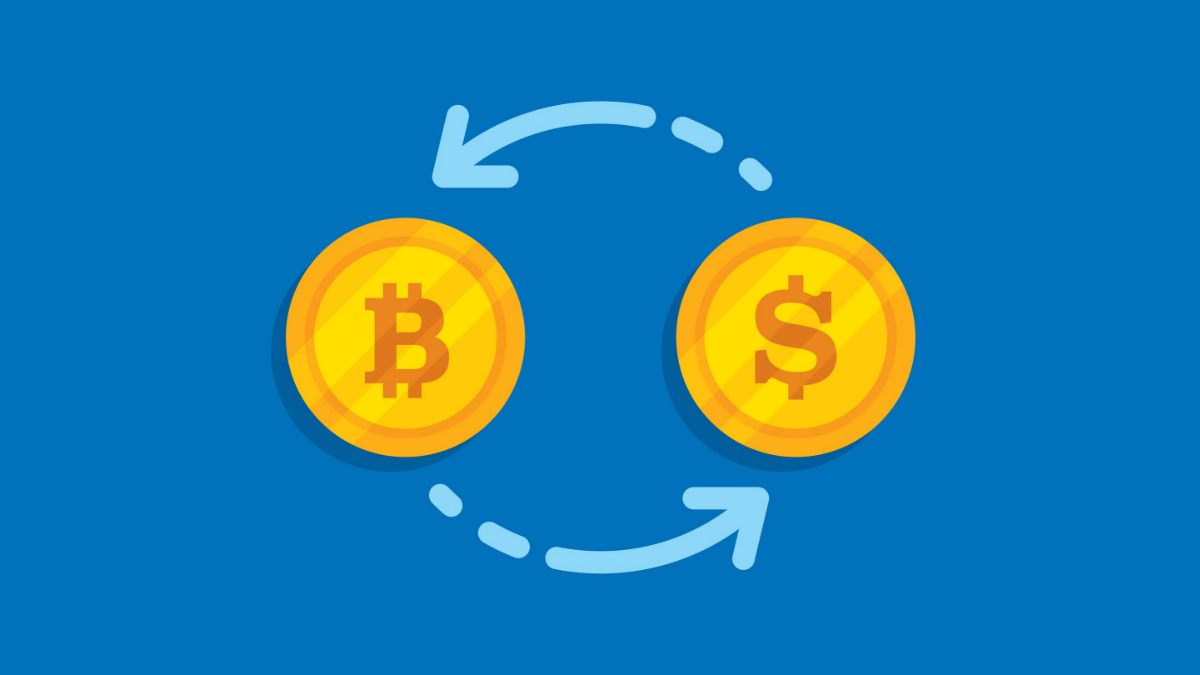
Cryptocurrency has attracted the attention of the world for quite some time now. You must have read about it in the news, seen debates surrounding it on television, and observed it being a topic of discussion amongst your friends. Ease of transfer, low chargers, numerous options, and enhanced security are just a few of the reasons behind its popularity. Trading in digital currencies takes place on a crypto exchange, a platform where you can buy, sell and exchange any cryptocurrency for some fees. You would know about it if you’ve invested and traded in this form of currency before. This article will tell you how the system works, the types of exchanges, and their benefits if you’re thinking of investing shortly.
Table of Contents
How Does a Crypto Exchange Work?
A cryptocurrency exchange is also known as a digital currency exchange or DCE. It is a platform that draws buyers and sellers of virtual currency in one place and enables them to conduct transactions. However, before making a purchase, most venues will require you to create an account, also called a wallet. After you’ve done that, you can start buying, selling, exchanging, and dealing in any digital currency you want. All the orders are automatically recorded in the order book.
However, it is essential to know that the exchange service does not determine the price. That is done by the market or the laws of supply and demand surrounding it. For example, if a particular coin is in high order, its value will shoot upward significantly. On the contrary, when the currency has little demand, its value will drop quickly.
Do All Cryptocurrency Exchange Platforms Have Fees?
Most of the cryptocurrency exchange platforms have a fee called maker and taker. The price is calculated in two ways. Either there is a flat fee charged for each transaction or a particular percentage paid for trading done monthly or monthly. In any case, the prices demanded are not determined or decided by the exchange platform.
Types of Digital Currency Exchanges
There are primarily two types of digital currency exchanges.
Centralized Exchange
Most of the virtual currency exchange services around the world are centralized. In a centralized system, transactions are conducted with a middle man or third party, an agent between buyers and sellers. To perform a transaction under this type of exchange, you will have to complete a registration and identification process (as a part of the Know Your Customer or KYC rule). Some people believe them to be more reliable since they are owned and operated by a business. You can use this type of service to convert fiat money (any physical money declared legal by a country’s government) into cryptocurrency. It is pretty helpful for newcomers to the crypto market since there is a pre-existing structural framework.
Decentralized Exchange
In a decentralized exchange service, there is no involvement of a middleman. Although they are not as popular as centralized ones, they still attract many business transactions. Instead of a business or body controlling the process, you can engage with other investors worldwide through automated intelligent contracts (programs on a blockchain that work only when specific conditions are fulfilled). The required infrastructure is created using assets or proxy tokens, and the platform issues an “I owe you” or “IOU” to the investors who can use their assets and funds to trade in any way they want. You have absolute control and say over your private keys, more comprehensive options for investment in digital coins, offer greater security, and have relatively lower fees.
These are some of the different types of crypto exchange, their fees, and how they work. It is essential to understand the mechanism of digital currencies and exchange platforms before deciding to invest in them. Once you do, you can reap significant benefits.